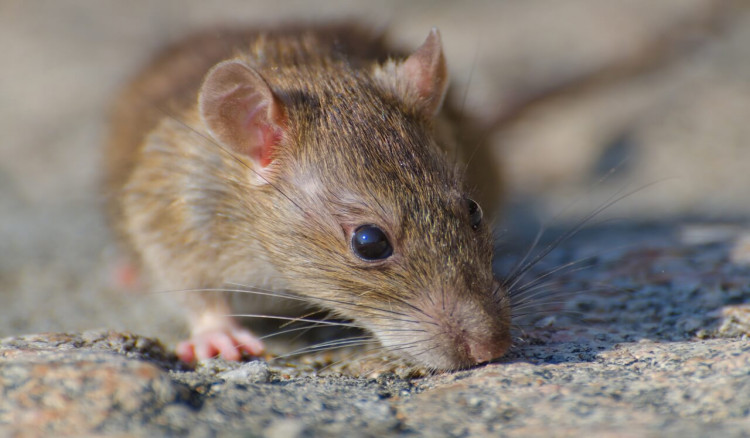
Lassa Fever Outbreak in Nigeria
According to the Nigeria Center for Disease Control and Prevention, 155 Lassa fever-related deaths occurred in Nigeria between January 1 and July 20, 2025.
The current case mortality rate is 18.9%, which is higher than the 17.1% recorded in 2024 for the same time period.
Nigeria has recorded 6,640 suspected cases and 822 confirmed cases in 21 states and 105 Local Government Areas as of Epidemiological Week 29. The World Health Organization (WHO) states that the Lassa virus is the cause of Lassa fever, an acute viral infection.
Although it is endemic in Benin, Ghana, Guinea, Liberia, Mali, Nigeria, and Sierra Leone, it is most likely present in other West African countries.
The Lassa virus is mainly spread to people by coming into contact with food or household objects tainted with rodent urine or feces, according to the WHO. However, person-to-person transmission can also happen, especially in healthcare facilities with inadequate infection prevention and control measures.
Additionally, the NCDC said that fresh infections were detected in Ondo and Edo states, and that the number of new confirmed cases in week 29 was the same as in week 27.
“In week 29, the number of new confirmed cases is the same as epi week 28 of 2025. These were reported in Ondo and Edo states."
“Cumulatively, as of week 29, 2025, 155 deaths have been reported with a Case Fatality Rate (CFR) of 18.9 per cent, which is higher than the CFR for the same period in 2024 (17.1 person cent)."
“In total for 2025, 21 states have recorded at least one confirmed case across 105 Local Government Areas,” the report partly stated.
The majority of confirmed Lassa fever cases (89%) were reported in five states: Ondo (32%), Bauchi (23%), Edo (17%), Taraba (14%), and Ebonyi (3%). The remaining 11% of confirmed cases were reported from 16 different states.
“The predominant age group affected is 21-30 years (range: 1 to 96 years, Median Age: 30 years). The male-to-female ratio for confirmed cases is 1:0.8."
“The number of suspected and confirmed cases decreased compared to that reported for the same period in 2024."
“No new healthcare worker was affected in the reporting week 29."
“The National Lassa fever multi-partner, multi-sectoral Technical Working Group continues supporting coordination of response activities at all levels,” it added.






Share This Article: